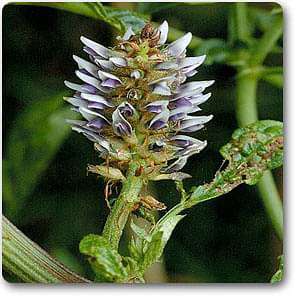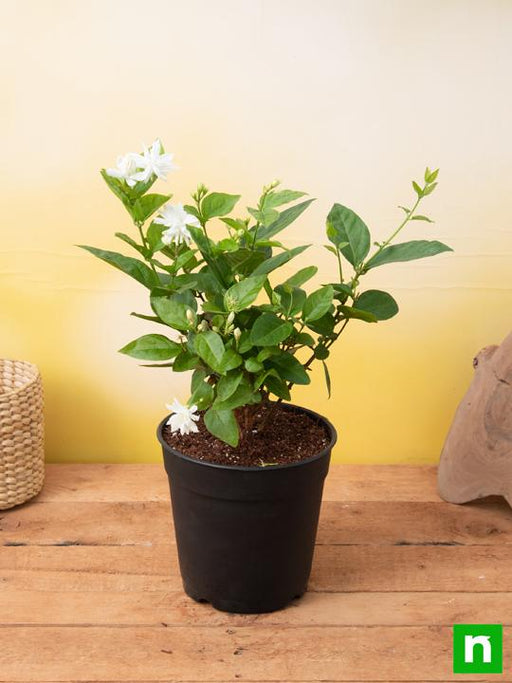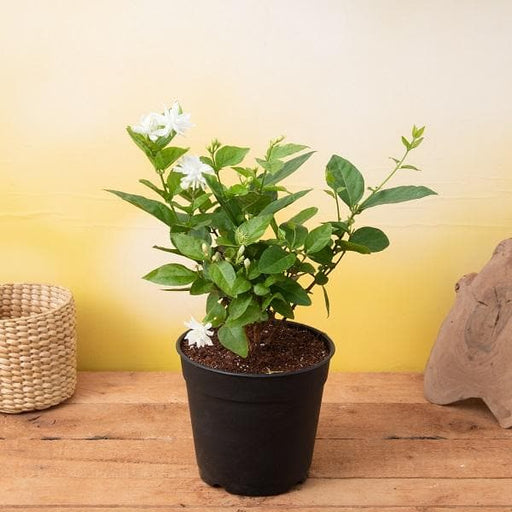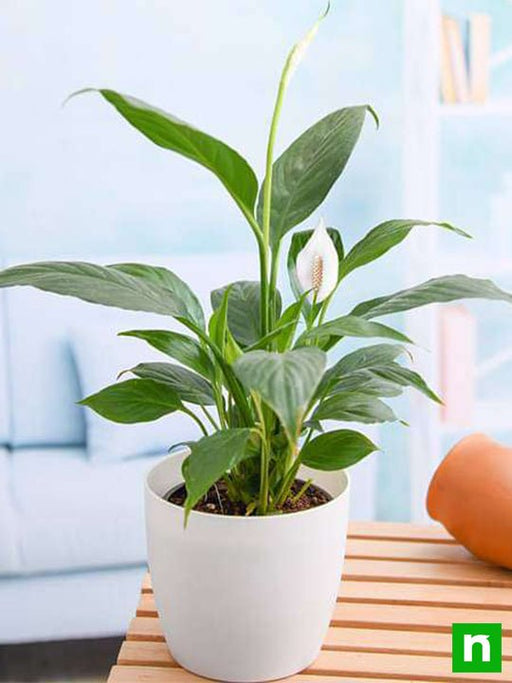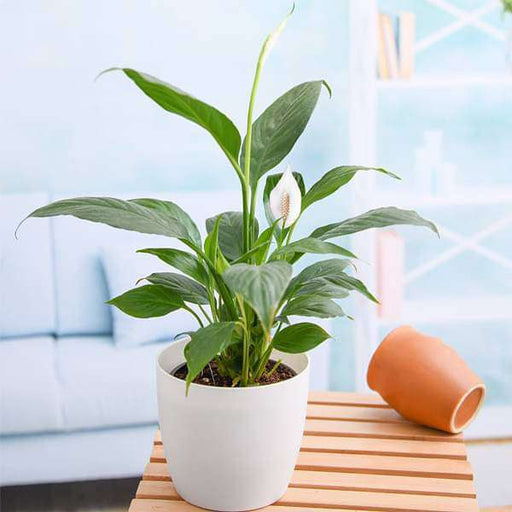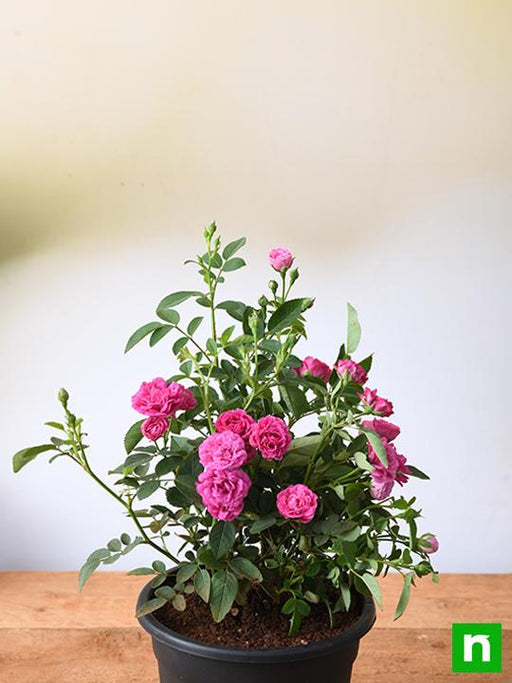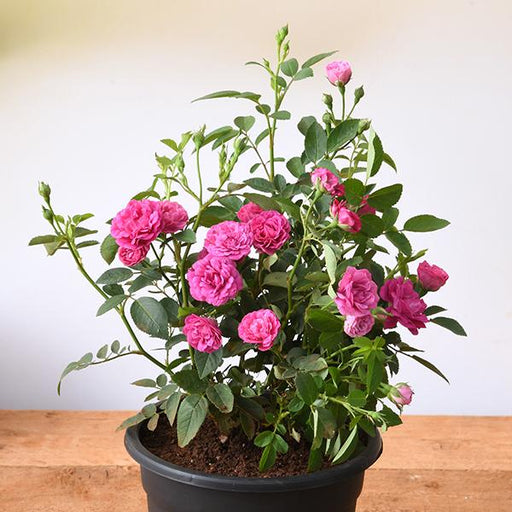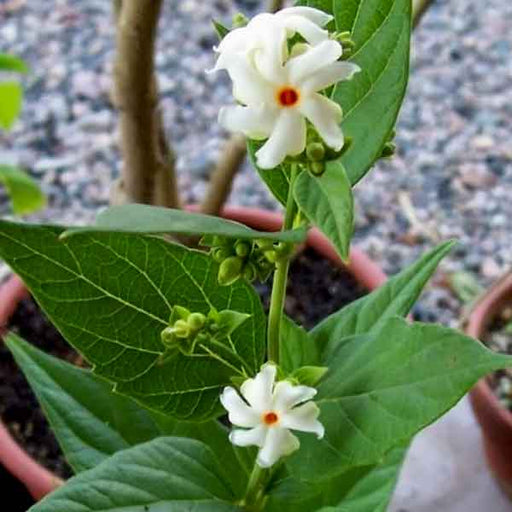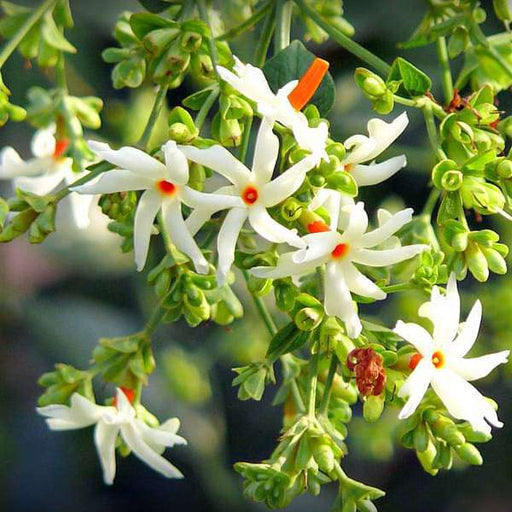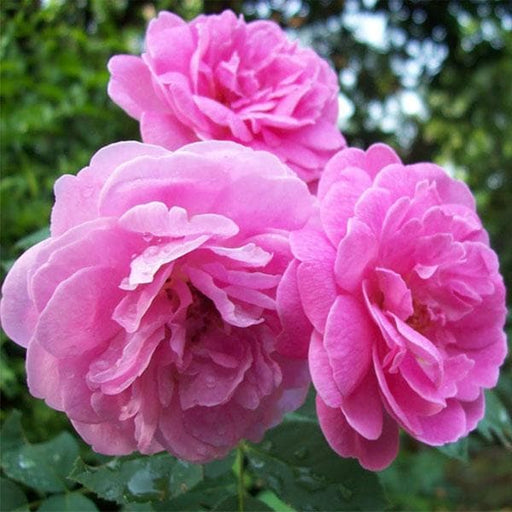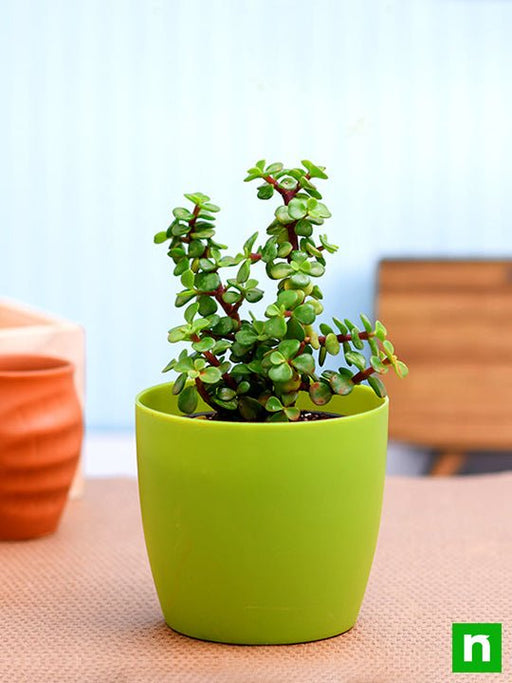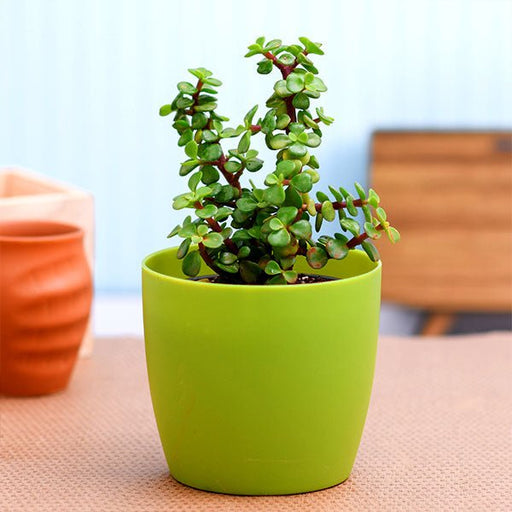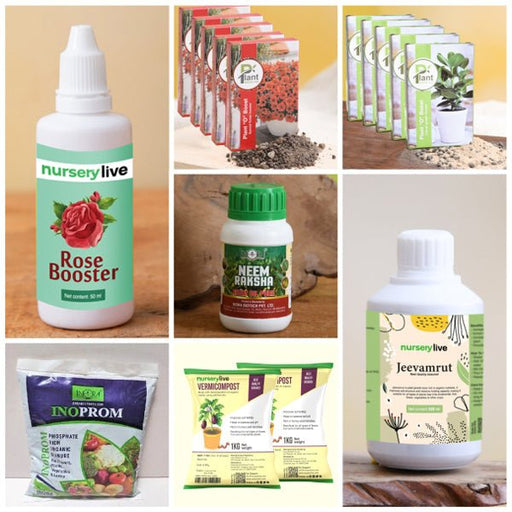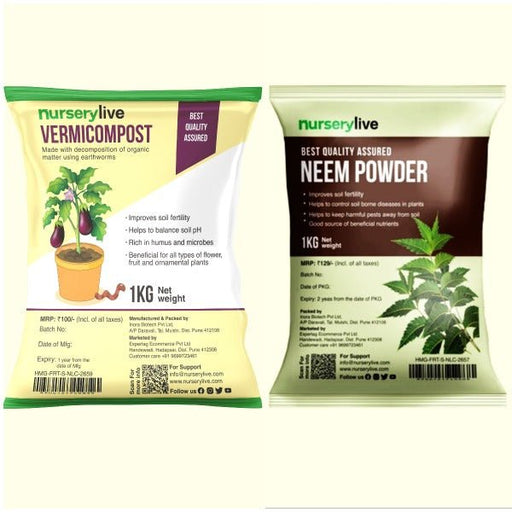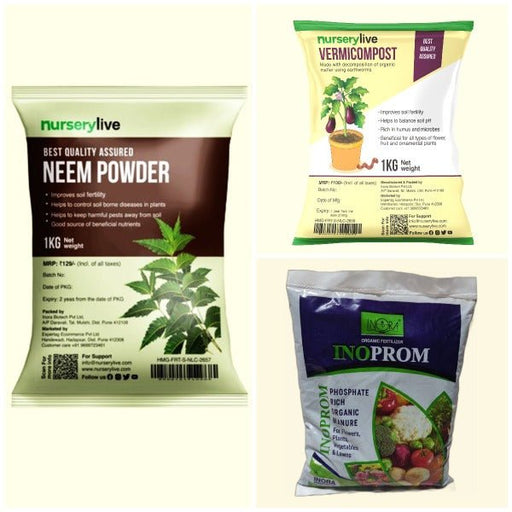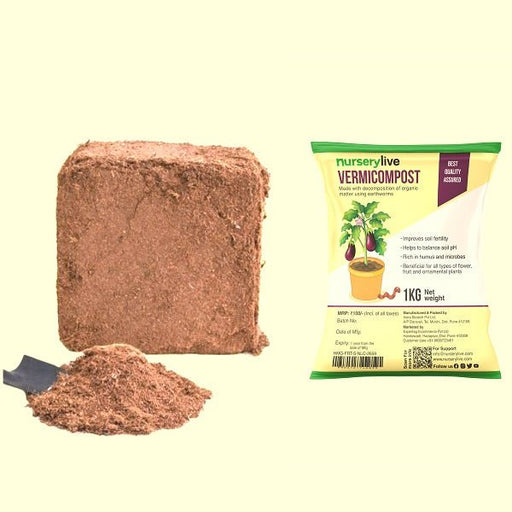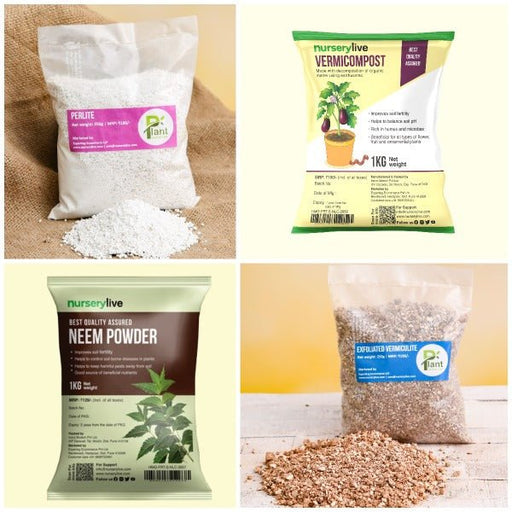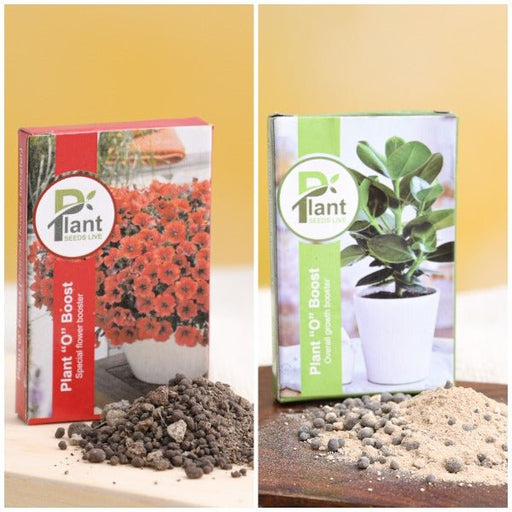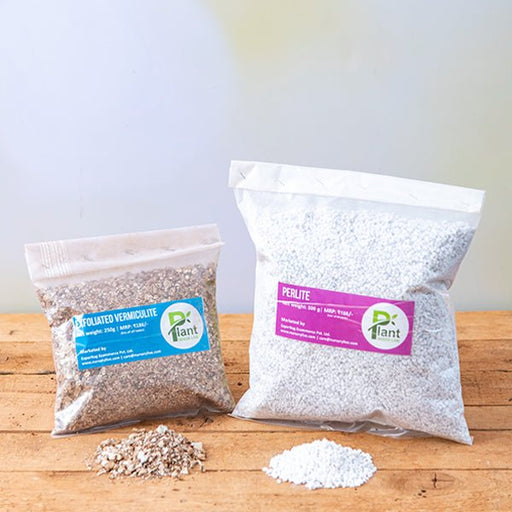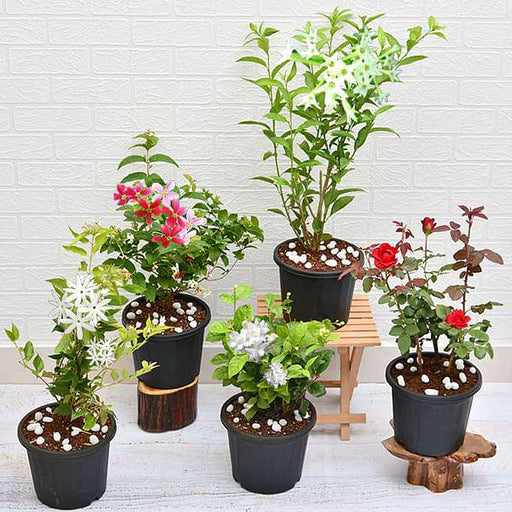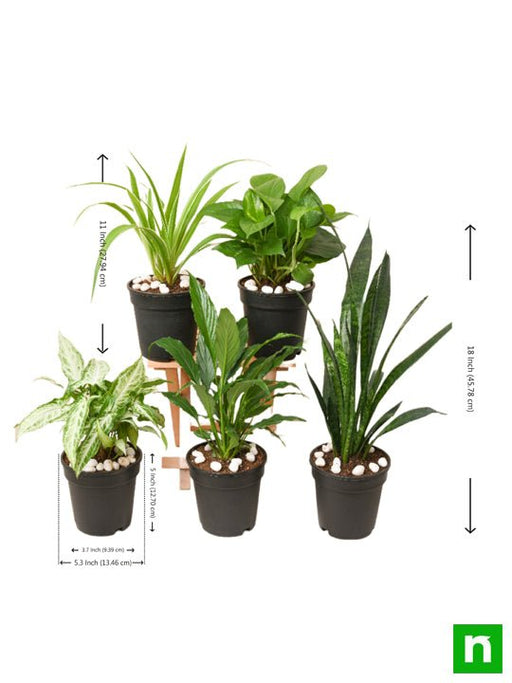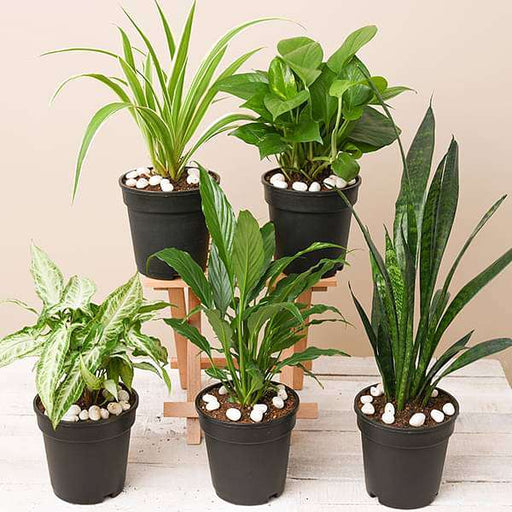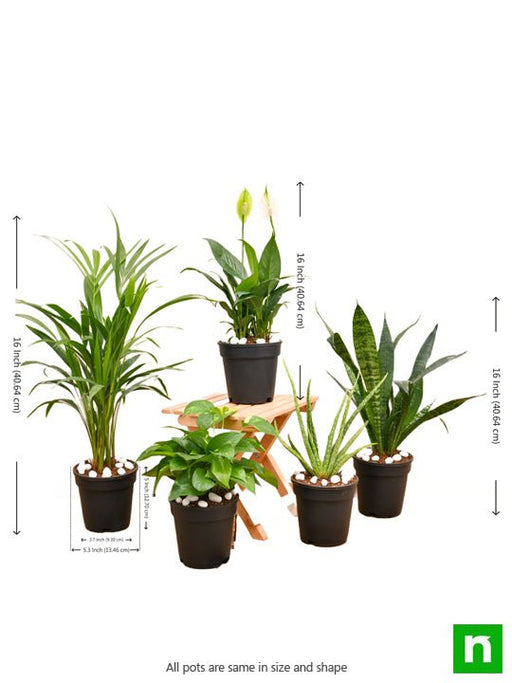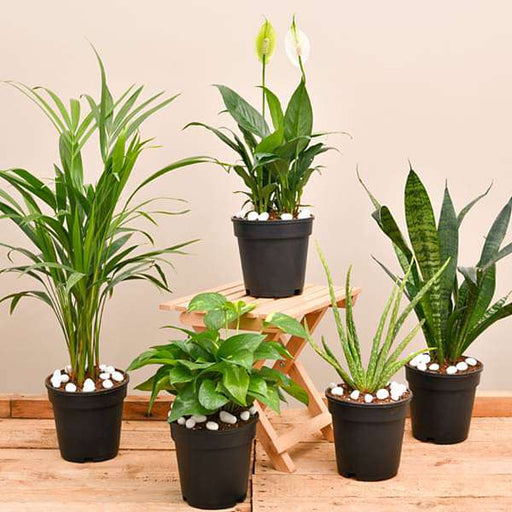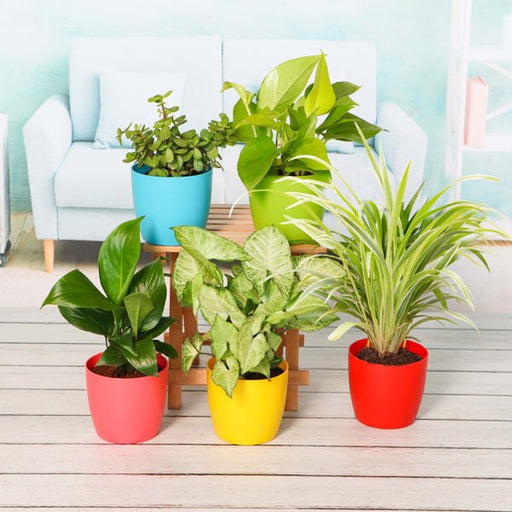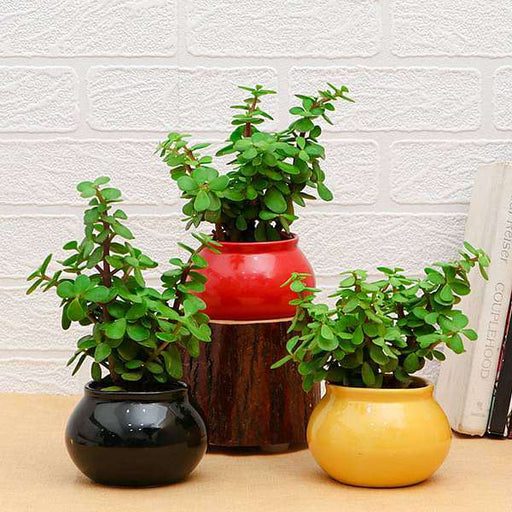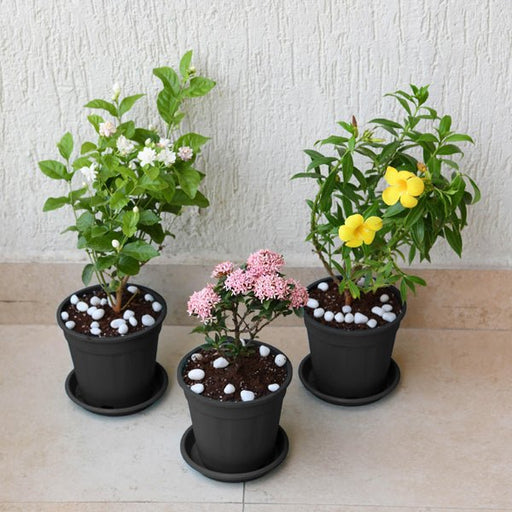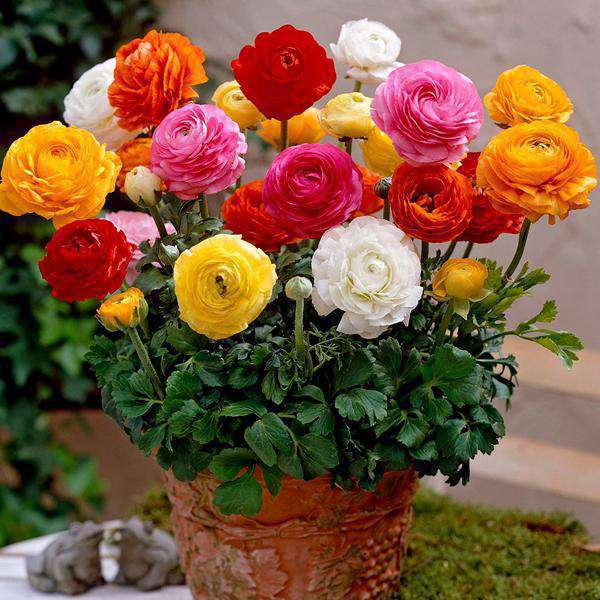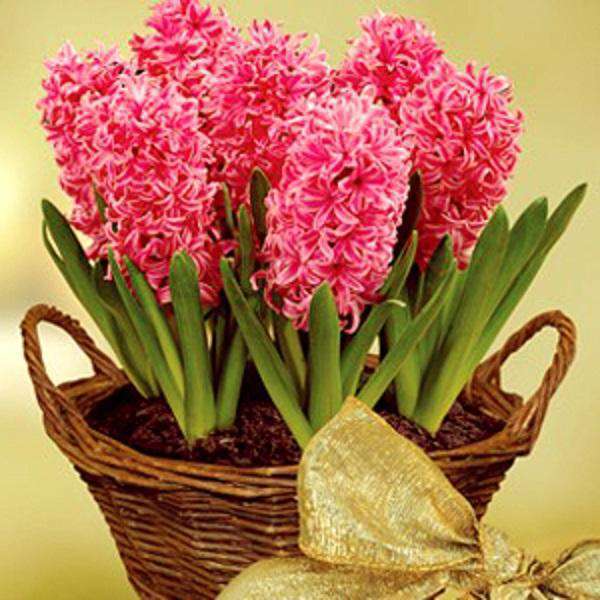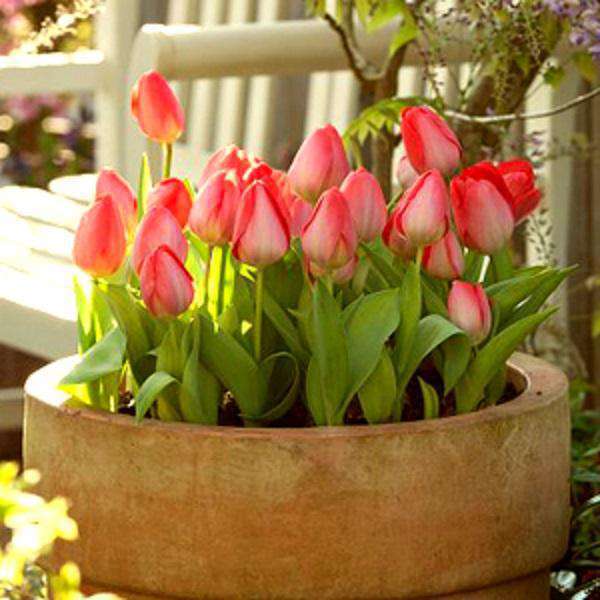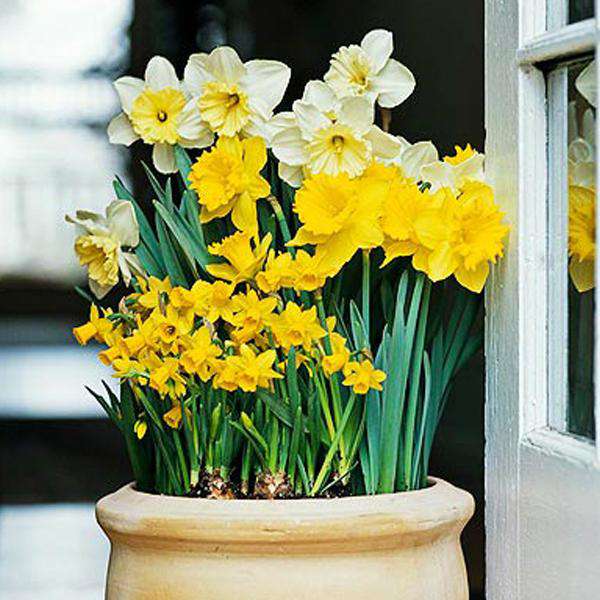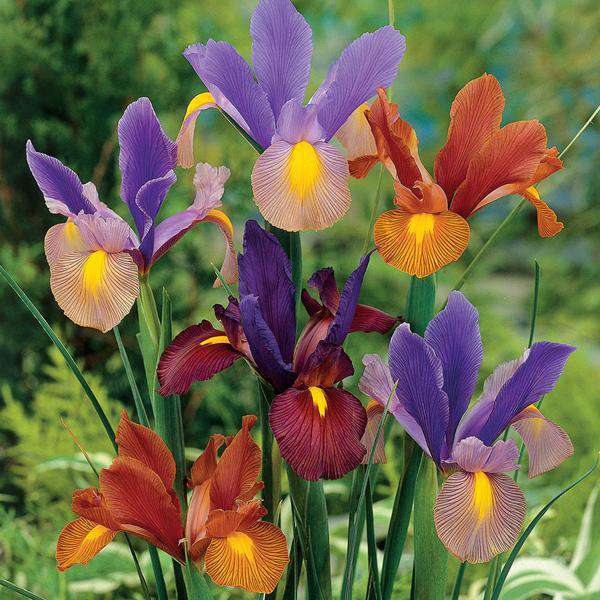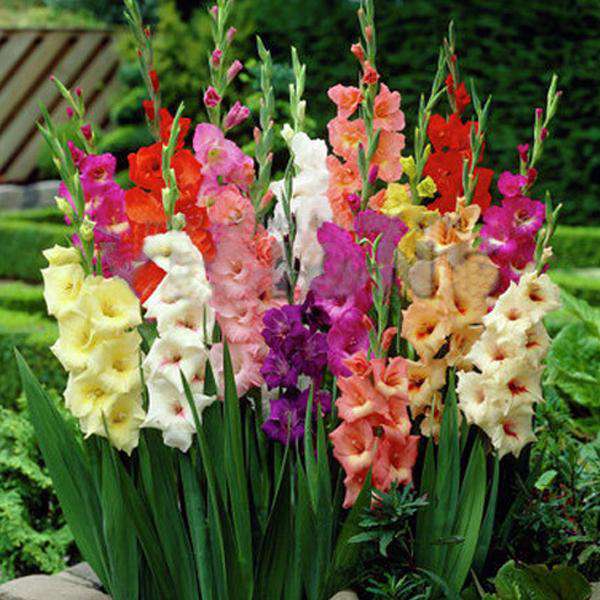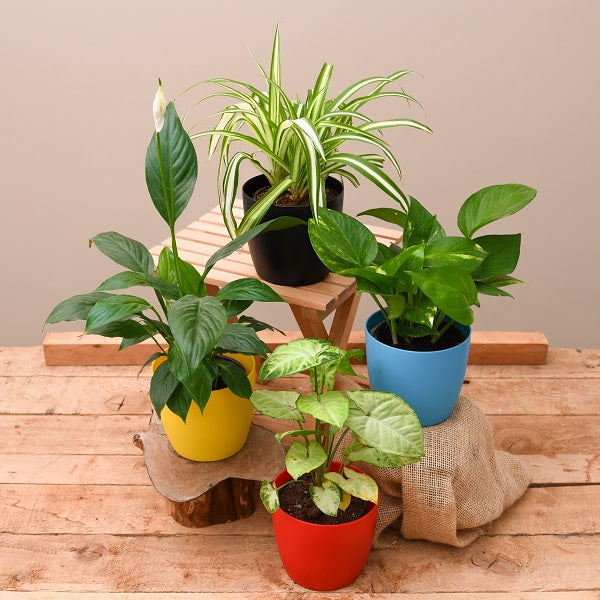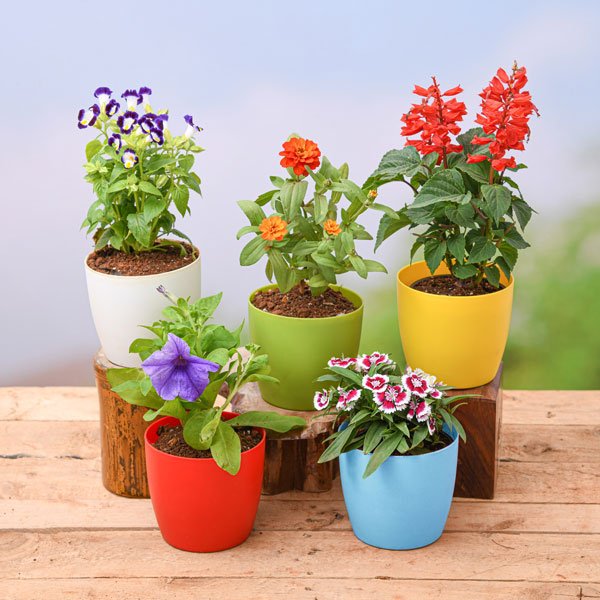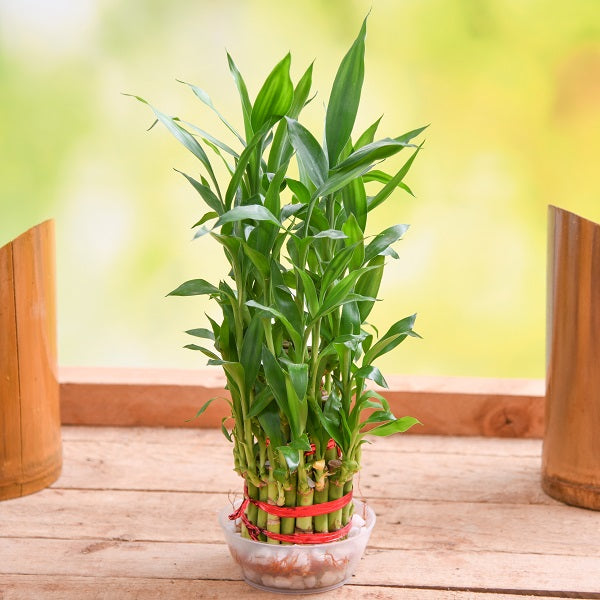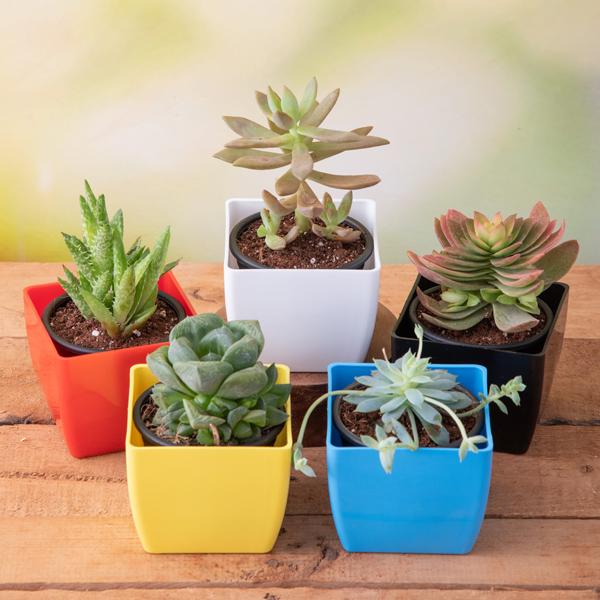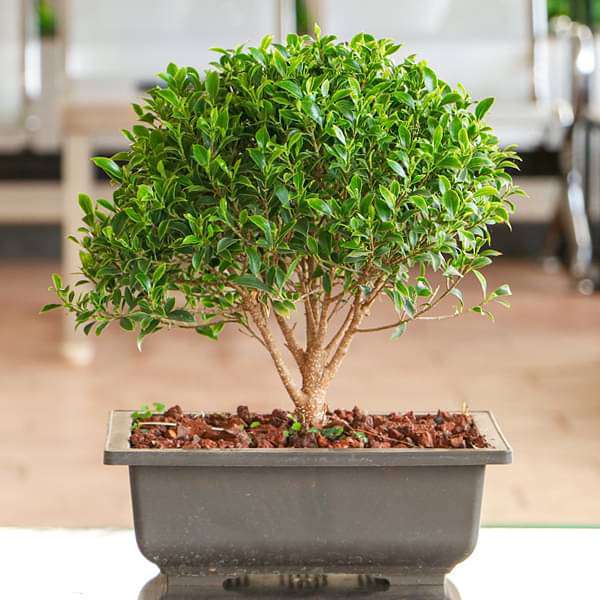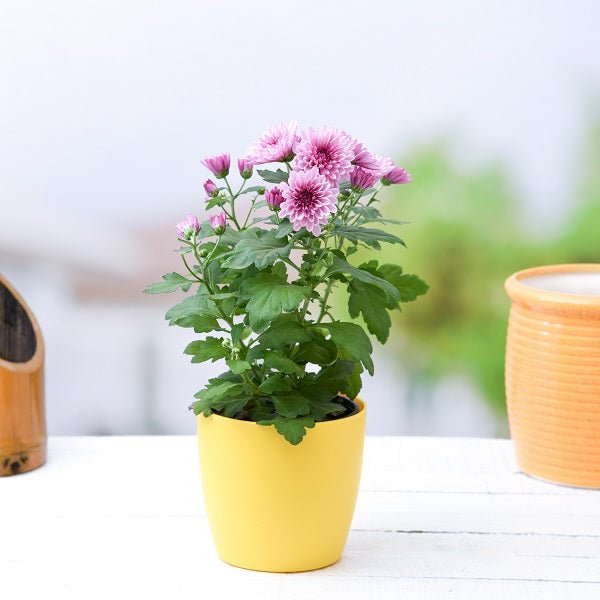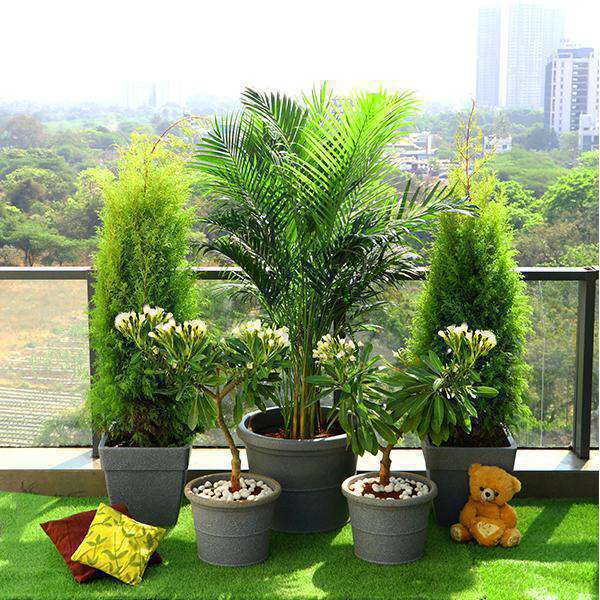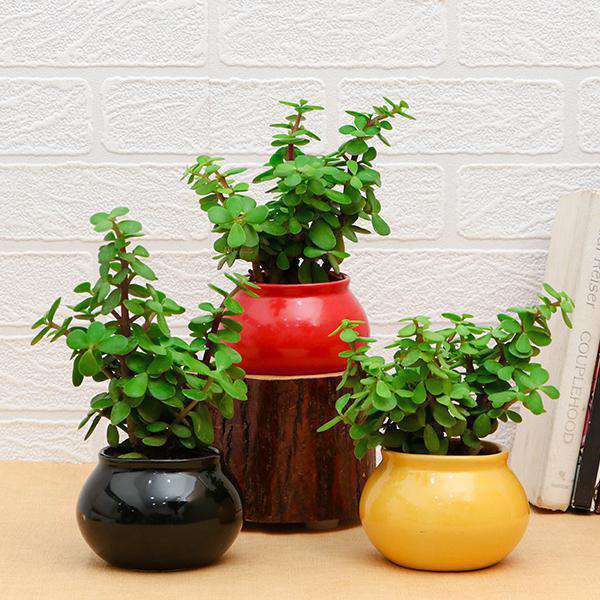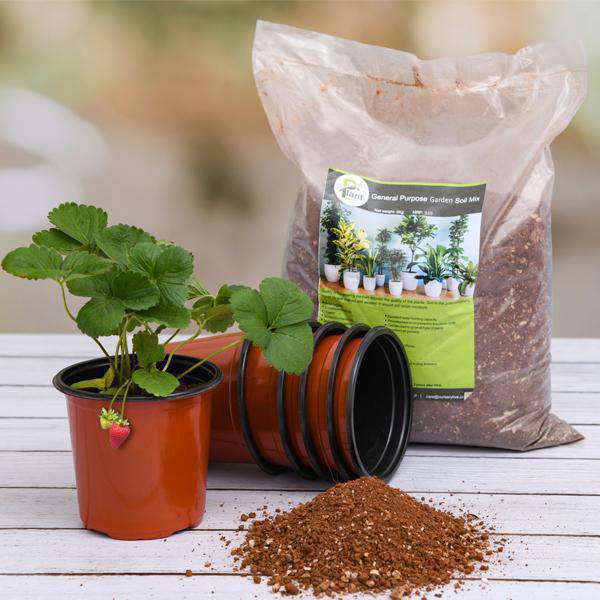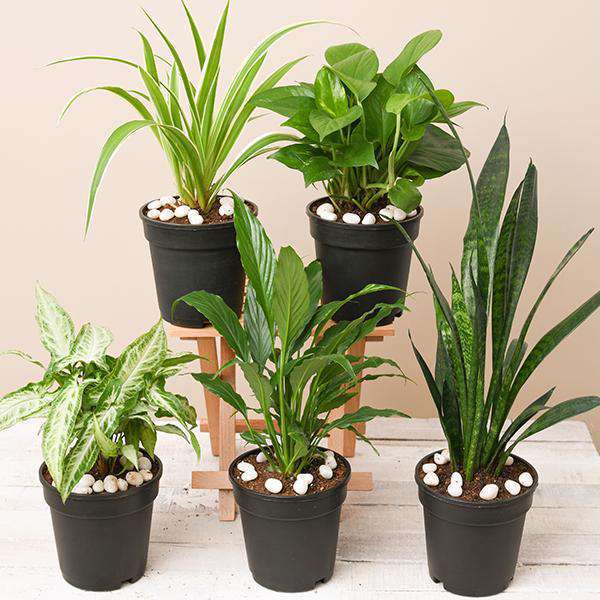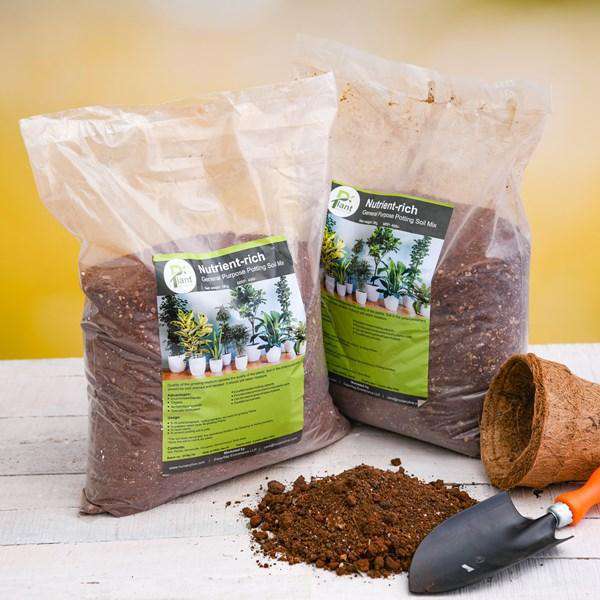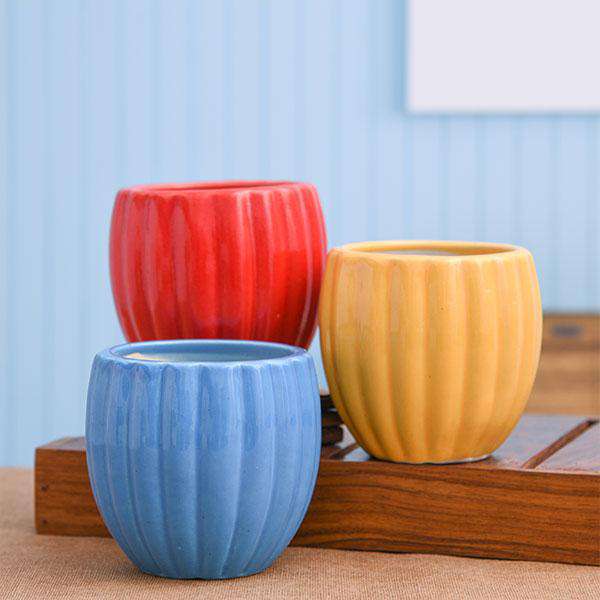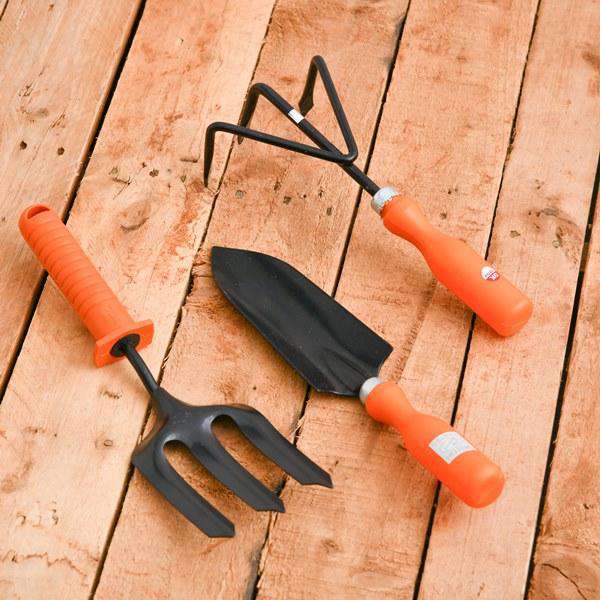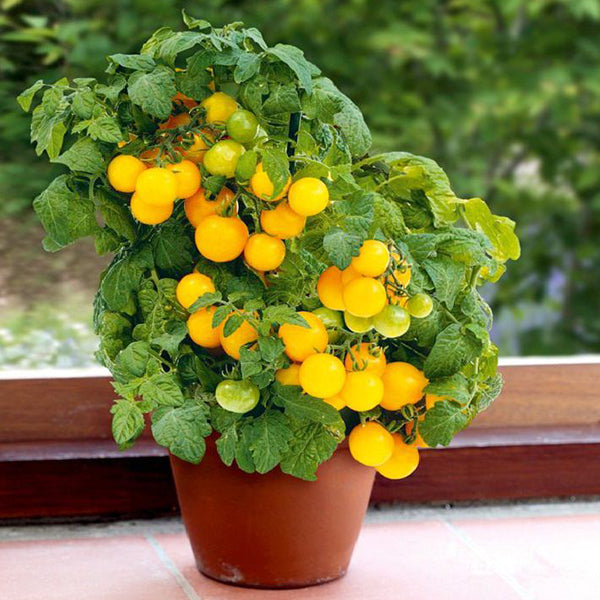Description
Glycyrrhiza glabra is a PERENNIAL growing to 1.2 m (4ft) by 1 m (3ft 3in).
Liquorice, or licorice, is the root of Glycyrrhiza glabra from which a sweet flavour can be extracted. The liquorice plant is a herbaceous perennial legume native to southern Europe and parts of Asia, such as India.
Liquorice his one of the most commonly used herbs in Western herbal medicine and has a very long history of use, both as a medicine and also as a flavouring to disguise the unpleasant flavour of other medications.
Plant Specifications
*above specification are indicative only. actual dimensions may vary by +-10%
| Common Name |
licorice |
| Maximum Reachable Height |
1.2 m (4ft) by 1 m (3ft 3in). |
| Flower Colour |
purple |
| Bloom Time |
March to April |
| Difficulty Level |
easy to grow |
Planting and care
Requires a deep well cultivated fertile moisture-retentive soil for good root production. Prefers a sandy soil with abundant moisture and does not flourish in clay.
Slightly alkaline conditions produce the best plants. The plant thrives in a maritime climate. Plants are hardy to about -15c. Liquorice is often cultivated for its edible root which is widely used in medicine and as a flavouring. There are some named varieties. The ssp. glandulifera grows in Russia and produces adventitious roots up to 10 cm thick. Yields of 10 - 12 tonnes per hectare were considered good in the early 20th century, this only being attained in the fourth year of growth.
Unless seed is required, the plant is usually prevented from flowering so that it puts more energy into producing good quality roots. The bruised root has a characteristic sweet pungent smell. Plants are slow to settle in and do not produce much growth in their first two years after being moved.
The young growth is also very susceptible to damage by slugs and so the plant will require some protection for its first few yea A fairly deep-rooting plant, the roots are up to 120cm long. It can be difficult to eradicate once it is established. This species has a symbiotic relationship with certain soil bacteria, these bacteria form nodules on the roots and fix atmospheric nitrogen. Some of this nitrogen is utilized by the growing plant but some can also be used by other plants growing nearby.
Glycycrhiza glabra care
Licorice is a medium-sized herbaceous perennial.Common Licorice (Glycyrrhiza glabra)Licorice in its most recognizable form. a sweet candy. Licorice root can be used fresh, but it is usually dried. Licorice growing at Pontefract in the UK.
It is hardy to zone (UK) 8. It is in flower from Jun to July. The flowers are hermaphrodite (have both male and female organs) and are pollinated by Insects.It can fix Nitrogen.Suitable for: light (sandy) and medium (loamy) soils. Suitable pH: acid, neutral and basic (alkaline) soils. It can grow in semi-shade (light woodland) or no shade. It prefers moist soil. The plant can tolerates strong winds but not maritime exposure.
| Sunlight |
Full sun to part shade |
| Watering |
Medium |
| Soil |
well-drained soil |
| Temperature |
40 F |
| Fertilizer |
Apply any organic fertilizer |
Glycycrhiza glabra special feature
Specimen or small groups. Lawns, shrub borders, woodland margins, or along patios. Street tree. Attractive in naturalized settings.
Glycycrhiza glabra uses
Ornamental Use:
- The plant is used for ornamental purpose
- Its generally kep indoor in living room and in terrac area
